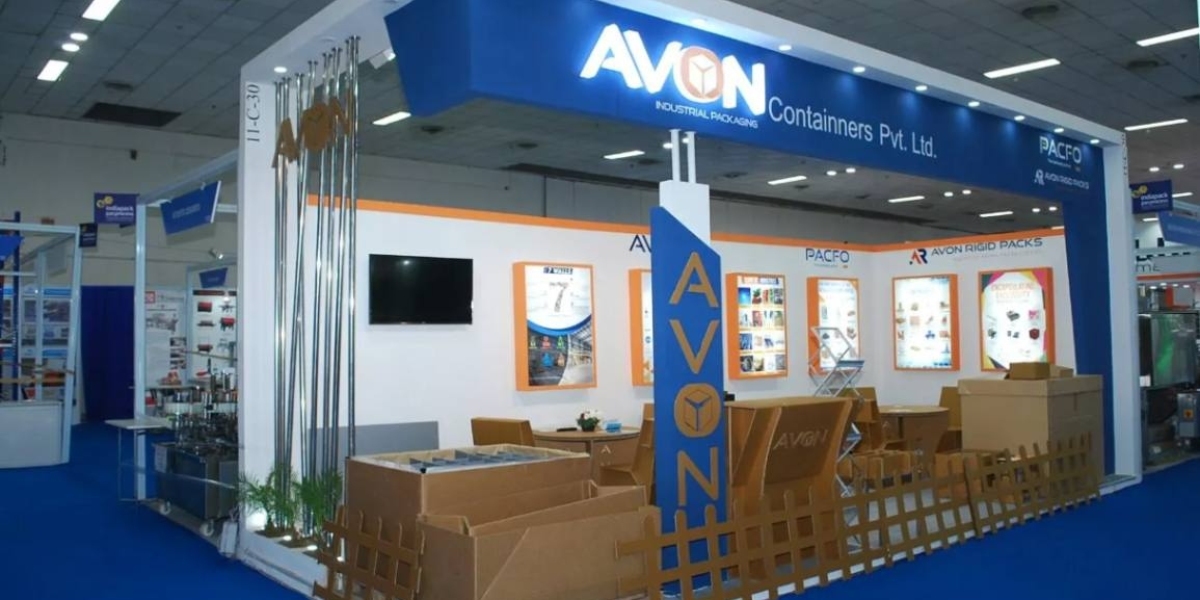The Blue Card European Union program is a targeted immigration initiative created to attract highly skilled professionals from non-EU countries to work and live in Europe. With the demand for talent across Europe’s diverse industries, the Blue Card program offers an accessible and structured pathway for qualified individuals to advance their careers within the EU. This guide will walk you through the eligibility, benefits, and application process for the EU Blue Card.
What is the EU Blue Card?
The EU Blue Card is a work and residence permit designed to provide highly skilled non-EU nationals the opportunity to live and work in EU countries. Introduced to fill skill gaps in key sectors such as IT, engineering, healthcare, and finance, the Blue Card facilitates a streamlined process for skilled professionals to join the European workforce.
Key Benefits of the EU Blue Card
Holding an EU Blue Card offers numerous advantages, including:
- Work Permit: Provides the right to live and work in an EU member state.
- Path to Permanent Residency: Many Blue Card holders can apply for permanent residency after meeting certain conditions.
- Family Reunification: Allows cardholders to bring their family members to reside with them in the EU.
- Intra-EU Mobility: Enables skilled professionals to relocate within EU countries after a specific period, fostering career growth and stability.
- Labor Market Access: Provides competitive salary opportunities with the advantage of fair labor standards.
Eligibility Criteria for the EU Blue Card
To qualify for an EU Blue Card, applicants must meet certain requirements:
- Educational Requirements: A higher education degree (such as a Bachelor’s or Master’s) or equivalent professional experience.
- Job Offer: A valid employment contract or binding job offer from an EU-based employer.
- Salary Threshold: Proof of a minimum annual salary, which varies depending on the specific EU member state.
- Background Clearance: May include health screenings and security checks as per the regulations of the respective country.
Note: Each EU country sets its own salary thresholds and specific conditions for the Blue Card, so requirements may vary.
How to Apply for the EU Blue Card
The application process for the EU Blue Card involves several steps:
- Secure a Job Offer: Obtain a valid job offer from an EU employer in a high-demand industry.
- Gather Documentation: Prepare necessary documents, including proof of education, employment contract, and identification.
- Submit the Application: Submit your application through the local consulate or immigration office of the EU country where you intend to work.
- Undergo Health and Security Checks: Complete any additional health and background checks as required.
- Wait for Approval: Processing times vary by country but generally range from a few weeks to several months.
Why Choose the EU Blue Card?
The EU Blue Card program is beneficial for skilled professionals seeking long-term career opportunities in Europe, as well as for companies needing specialized talent to drive economic growth. Here are some key reasons why the EU Blue Card stands out:
- Comprehensive Benefits: Offers a balanced combination of work, residence, and family relocation advantages.
- Flexibility and Mobility: Blue Card holders have the flexibility to move across EU states and adapt to different job opportunities.
- Pathway to Citizenship: After meeting residency and work requirements, Blue Card holders can transition to permanent residency and, eventually, EU citizenship.
Conclusion
The EU Blue Card serves as an excellent avenue for skilled professionals seeking to build a career in the European Union. With its streamlined application process, extensive benefits, and a clear pathway to long-term residency, the Blue Card supports both personal growth and professional success for individuals from around the world looking to establish themselves in Europe. For those ready to advance their careers in one of the world’s most dynamic regions, the EU Blue Card offers a structured and accessible solution.








